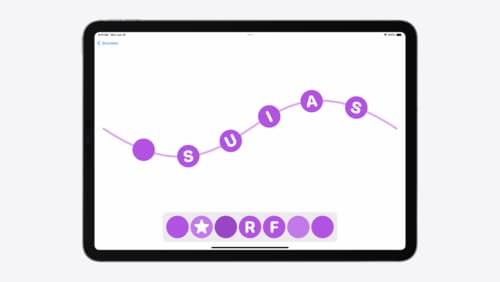What is the difference between @stateobject and @observedobject in swiftui
Asked on 2024-09-15
1 search
In SwiftUI, @StateObject and @ObservedObject are both used for managing state in your views, but they serve different purposes:
-
@StateObject: This is used to create a new instance of an observable object. You should use@StateObjectwhen you are initializing an observable object within a view. It ensures that the object is created once and persists for the lifetime of the view. This is particularly useful when the view is responsible for creating and owning the lifecycle of the object. -
@ObservedObject: This is used to observe an existing observable object. You should use@ObservedObjectwhen the object is created and managed elsewhere, and you just want to observe changes to it. It does not create or own the object, but rather listens for changes to update the view accordingly.
In summary, use @StateObject when the view is responsible for creating the object, and use @ObservedObject when the object is created outside the view and you just need to observe it.
For more details on state management in SwiftUI, you can refer to the SwiftUI essentials session.

Enhance your UI animations and transitions
Explore how to adopt the zoom transition in navigation and presentations to increase the sense of continuity in your app, and learn how to animate UIKit views with SwiftUI animations to make it easier to build animations that feel continuous.

Migrate your app to Swift 6
Experience Swift 6 migration in action as we update an existing sample app. Learn how to migrate incrementally, module by module, and how the compiler helps you identify code that’s at risk of data races. Discover different techniques for ensuring clear isolation boundaries and eliminating concurrent access to shared mutable state.

SwiftUI essentials
Join us on a tour of SwiftUI, Apple’s declarative user interface framework. Learn essential concepts for building apps in SwiftUI, like views, state variables, and layout. Discover the breadth of APIs for building fully featured experiences and crafting unique custom components. Whether you’re brand new to SwiftUI or an experienced developer, you’ll learn how to take advantage of what SwiftUI has to offer when building great apps.
